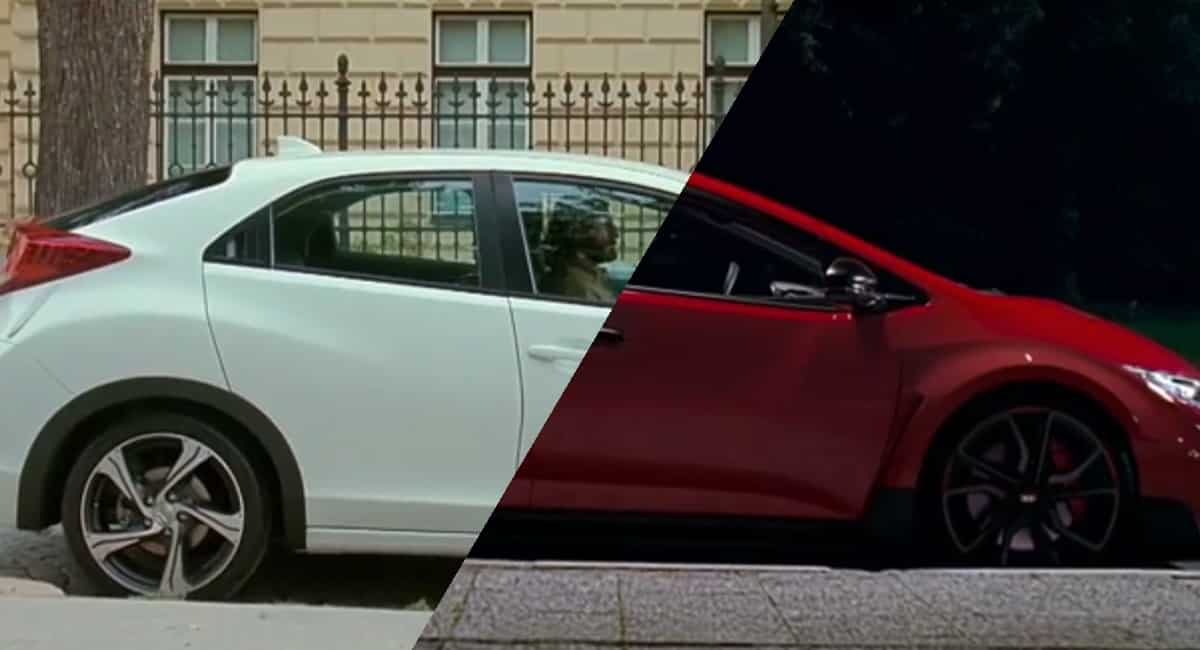Video Hosting: choose a reliable and flexible platform..

Video aspect ratio refers to the width of a picture or video in relation to its height. It is written as width:height. For example, the 16:9 aspect ratio is 16 inches long and 9 inches high. There are standard aspect ratios used for specific devices and formats. Movies, for example, have an aspect ratio of 16:9 while most standard photography are shot in 3:2 aspect ratio.
The term aspect ratio was initially used in motion pictures, indicating how wide the picture was in relation to its height. Movies were initially in 4:3 aspect ratio, and this carried over into television and early computer displays. As display technology improved, TV and monitor manufacturers began to move toward widescreen displays as well. Originally “widescreen” referred to anything wider than the typical 4:3 display, but it quickly came to mean a 16:10 ratio and later 16:9. Nowadays, nearly all computer monitors and TVs are only available in widescreen, and TV broadcasts and web pages have adapted to match.
Aspect ratio and resolution go hand-in-hand. Video resolution determines the amount of detail in your video, or how realistic and clear the video appears. It’s measured by the number of pixels contained in the standard aspect ratio of 16:9, the most common aspect ratio for television and computer monitors. A higher number of pixels indicates a higher resolution, and a lower number of pixels makes for a low-resolution video. For the common resolutions of 720 and 1080, the naming convention is based on the total number of pixels running in a vertical line down the display area. For 2K, 4K, or 8K video, the resolution is named for the number of pixels running in a horizontal line across the frame.
The most common aspect ratio for videos is 16:9. However, this does not make it the best aspect ratio. The reason that it is so popular is that it is the standard for high definition televisions and popular streaming platforms like VIXY, Youtube, TikTok, or Netflix.



